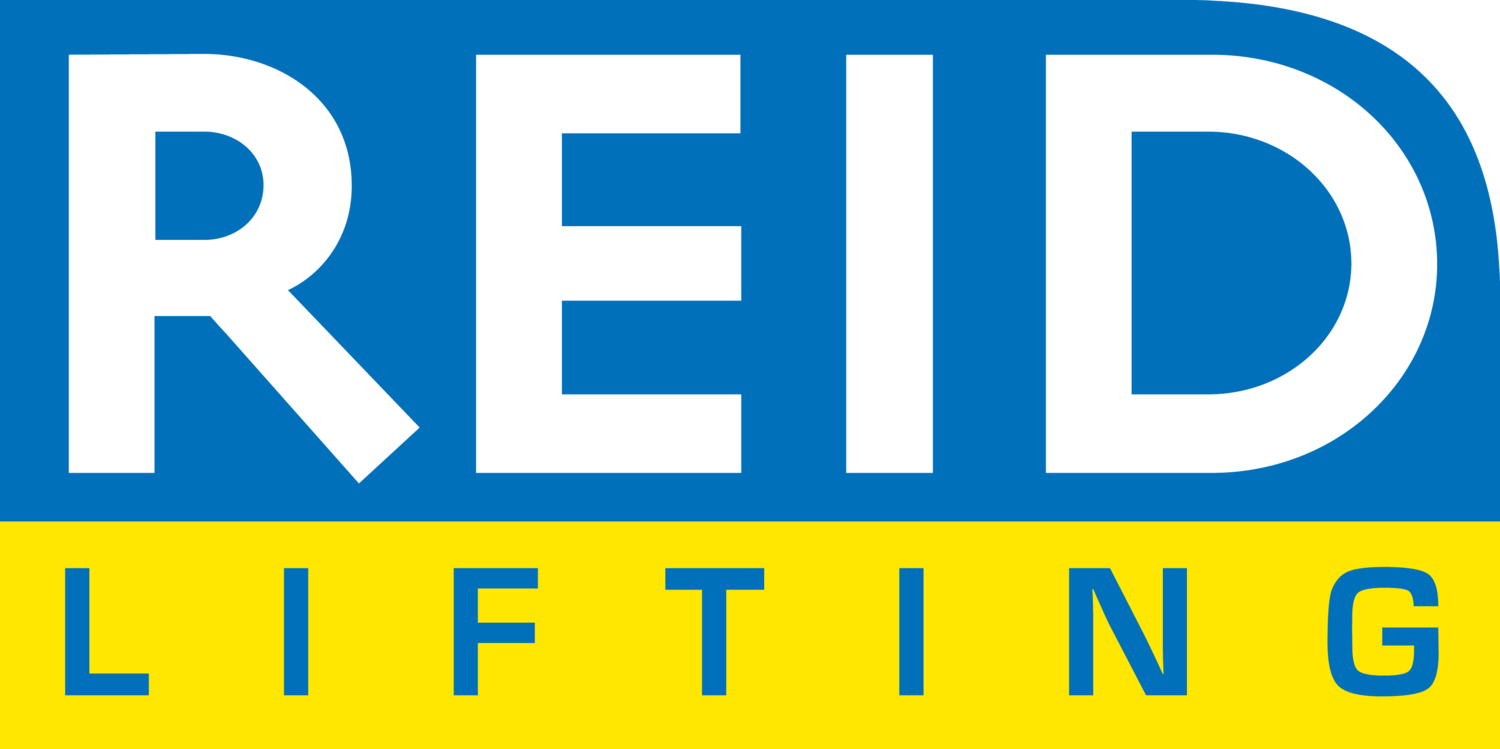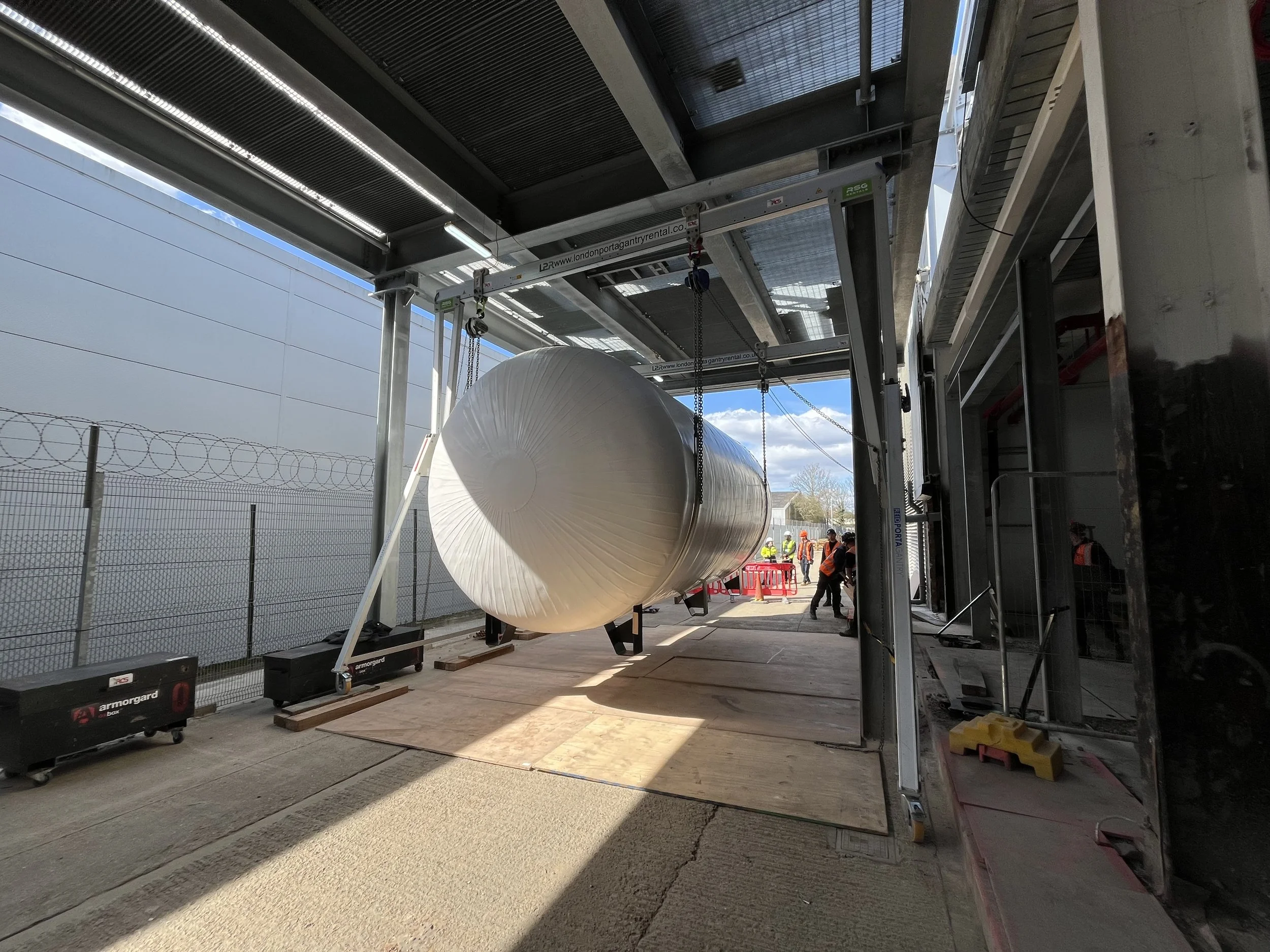Choosing the Right Lifting Solution
When it comes to safe, efficient, and reliable lifting, choosing between an overhead gantry crane and a gantry crane is not always straightforward. The right choice depends on your operational environment, mobility requirements, and the level of infrastructure in place.
From offshore platforms to water treatment sites, the right lifting system can make the difference between on-time delivery and costly delays. Projects demand rapid deployment, mobility, and adaptability to extreme climates. Understanding the differences can help ensure you invest in the most effective solution.
Overhead (Bridge) Crane
· Permanently installed and integrated into a facility’s structure.
· Uses fixed runways on building columns or free-standing frames.
· Excels in high-capacity, repetitive lifts in a single, fixed location (e.g., heavy manufacturing or shipbuilding).
Gantry Crane
· Self-supporting A-frame design with a beam supported at both ends.
· Often portable and mounted on castors or wheels for mobility.
· Traditionally built in steel, gantry cranes are now also available in lightweight aluminium designs that are easier to move, assemble, and transport
Core Differences: Portability vs. Permanent
The key distinction lies in how and where each system is used:
Overhead Cranes are a permanent investment, ideal for facilities with high ceilings, strong structures, and predictable lifting needs. Whereas Gantry Cranes deliver flexibility and mobility, making them ideal for outdoor use, temporary sites, or locations where infrastructure is limited. Common applications in the Middle East and APAC include utilities (water and wastewater), marine operations, oil and gas projects both offshore and onshore. As well as major construction and infrastructure developments.
Regulatory Compliance
International standards such as ISO (90001/14001/45001), European Normative (EN), and OSHA/ANSI often apply alongside local certifications.
Portable Gantry Cranes should be CE-marked and built to meet global safety benchmarks, ensuring easier cross-border deployment.
Meeting these standards helps streamline procurement and ensures equipment can be deployed across borders without costly delays.
Why REID’s Gantry Solutions Stand Out
Performance & Safety
Capacity up to 5,000 kg (11,000 lb) for heavy industrial lifts.
Fall Protection – Dual-rated capability offers working at height and rescue solutions in one.
Quick assembly—no special tools required, often within minutes.
Customisable configurations for fall arrest, confined space entry, or material handling.
ISO accreditations and meeting international standards - Machinery Council Directive, PPE Regulation, OSHA, ANSI Z359.18-17, EN795:2012 and ATEX.
Built for Harsh Environments.
High quality material spec – suitable for high and low temperature environments with corrosion-resistant materials
Lightweight aluminium for easy manual handling and transport
Proven track record in oil & gas, marine, utilities, and construction projects across the Middle East, Southeast Asia, and Australasia.
Making the Right Choice
If your operation is fixed in one facility with high throughput, an overhead crane may be your long-term answer; but if your projects demand:
✅ Fast setup ✅ Mobility ✅ Adaptability to harsh conditions ✅ Cross-site/multi-area use, then a gantry crane; particularly a portable aluminium design like the Porta Gantry will give you unmatched flexibility and cost efficiency.



